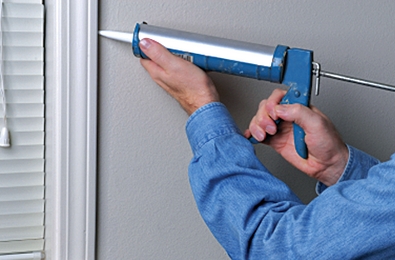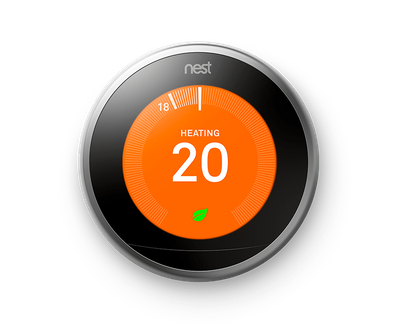Ten tips to reduce your energy bills

This winter isn’t kidding. Torontonians bundled up to stay warm during record setting lows that kicked off the year. The season has just begun.
How bundled up is your home? Are you feeling the draught?
Drafty houses pack a double punch, impacting your home comfort and heating bills. If you are planning a home renovation, this is a golden opportunity to start thinking about ways to effectively improve your home’s efficiency. Changes to the Ontario Building Code, such as continuous insulation, make it mandatory for all new homes and renovations to do just that.
But what if a home renovation is not in your near future?
Happily, simple measures can help make a noticeable difference. Here are a few DIY actions to help keep costs down:
- Seal drafts by caulking baseboards and windows that need it.
- Crank down your thermostat and keep warm using sweaters, socks, long pants, and slippers. By doing so, you can save up to five to fifteen percent from your home heating bill. Warning: if your home is not air tight or has proper ventilation you may experience moisture, which leads to mold, and circulation problems if the interior temperature drops too quickly – for example if you reduce your daytime temperature of 20 degrees Celsius to 16 at night. Humidifiers and proper ventilation can aid in helping to address this problem.

- Take advantage of the latest technology and install a programmable thermostat. The Nest Learning Thermostat, for example, automatically adapts as your life and seasons change. It keeps you cozy in the afternoon and cool at night.
- Wash your clothes and dishes during off peak hours: 7pm to 7am during weekdays and anytime on the weekend. You will save 9.3 cents per kWh by doing so.
- If you have not already, lighten you electricity bill by using LED lightbulbs. They can reduce energy consumption by 80 to 90 per cent and can last for more than five years.
- Unplug your devices when they are not in use. They continue to draw energy when plugged in. Can’t get your kids to comply? Consider a Tier 1 Advanced PowerStrip which saves energy by reducing the amount of standby power wasted in your home!
- Allow sunlight to naturally heat up your home by opening your drapes and blinds on bright sunny days. Close them at night to reduce the cold air coming in your home. Conversely, during the summer keep the blinds closed during the day to help keep your home cool.
- If your windows are old or underperforming, install plastic film, which you can purchase at a hardware store, to help reduce drafts.
- Replace your furnace filter regularly. This helps improve the furnace’s efficiency.
- Balance your heating, ventilation, and air conditioning system to ensure that air flow is directed to where you want it. For example, if the top story is too warm during the winter, close the vents on that floor. This will help pump air below. During the summer, open the vents on top floor and close them on the bottom. If you continue to experience temperature imbalances, hire a professional to help you maintain an equivalent spread.
Whether you are planning a home renovation or not, we encourage you to consider investing in a home energy audit. A professional energy auditor will test your home’s efficiency and provide you with a priority list of actions that will give you the biggest bang for your buck. You may be surprised that what you thought would be high on the list may not be. While there is an upfront investment, the return in lower utility bills will, over the course of a few years, make it worth it. You can also take advantage of home energy rebates offered locally and provincially.